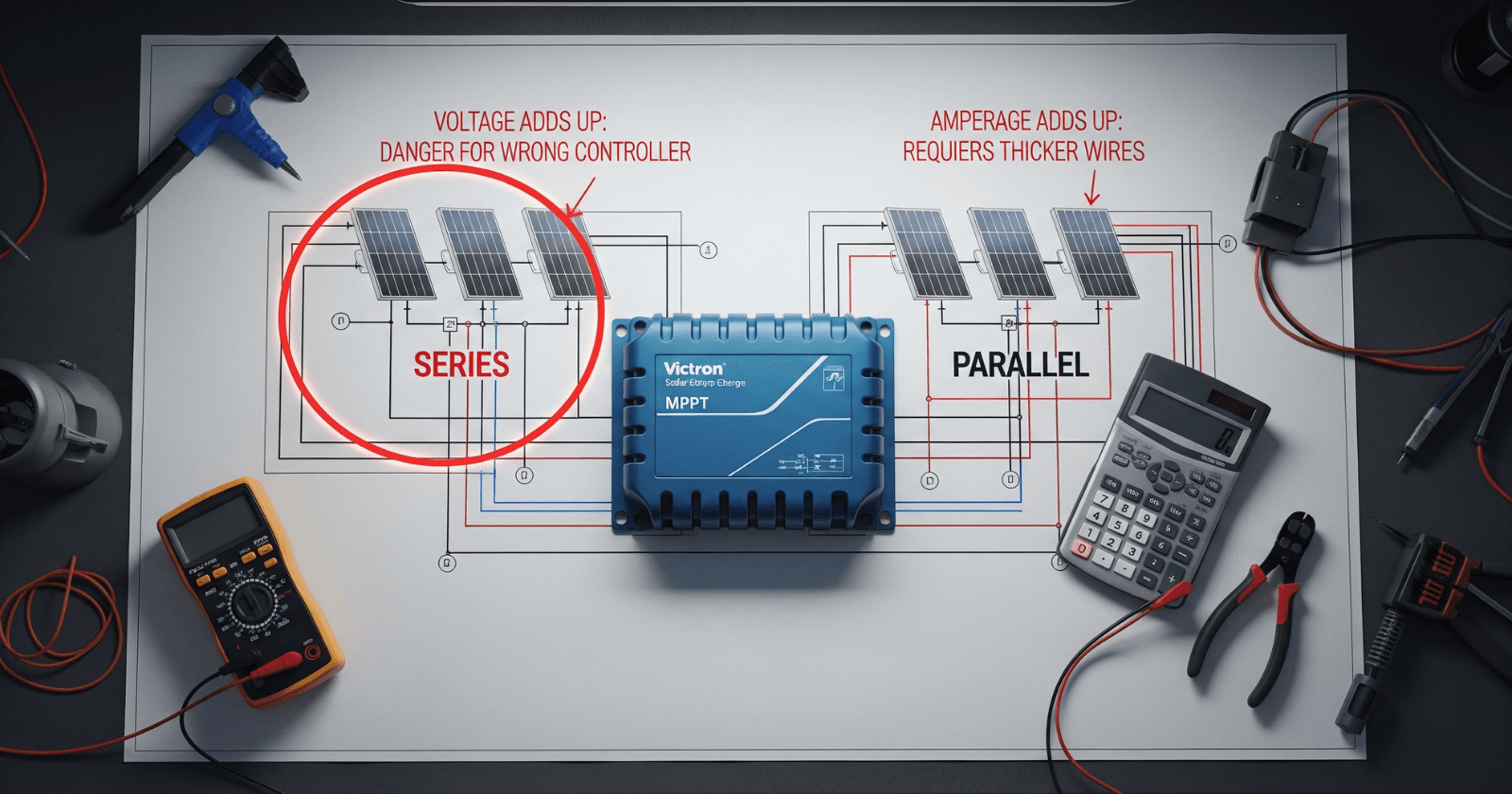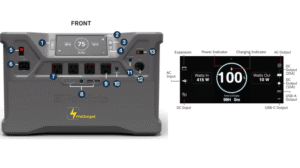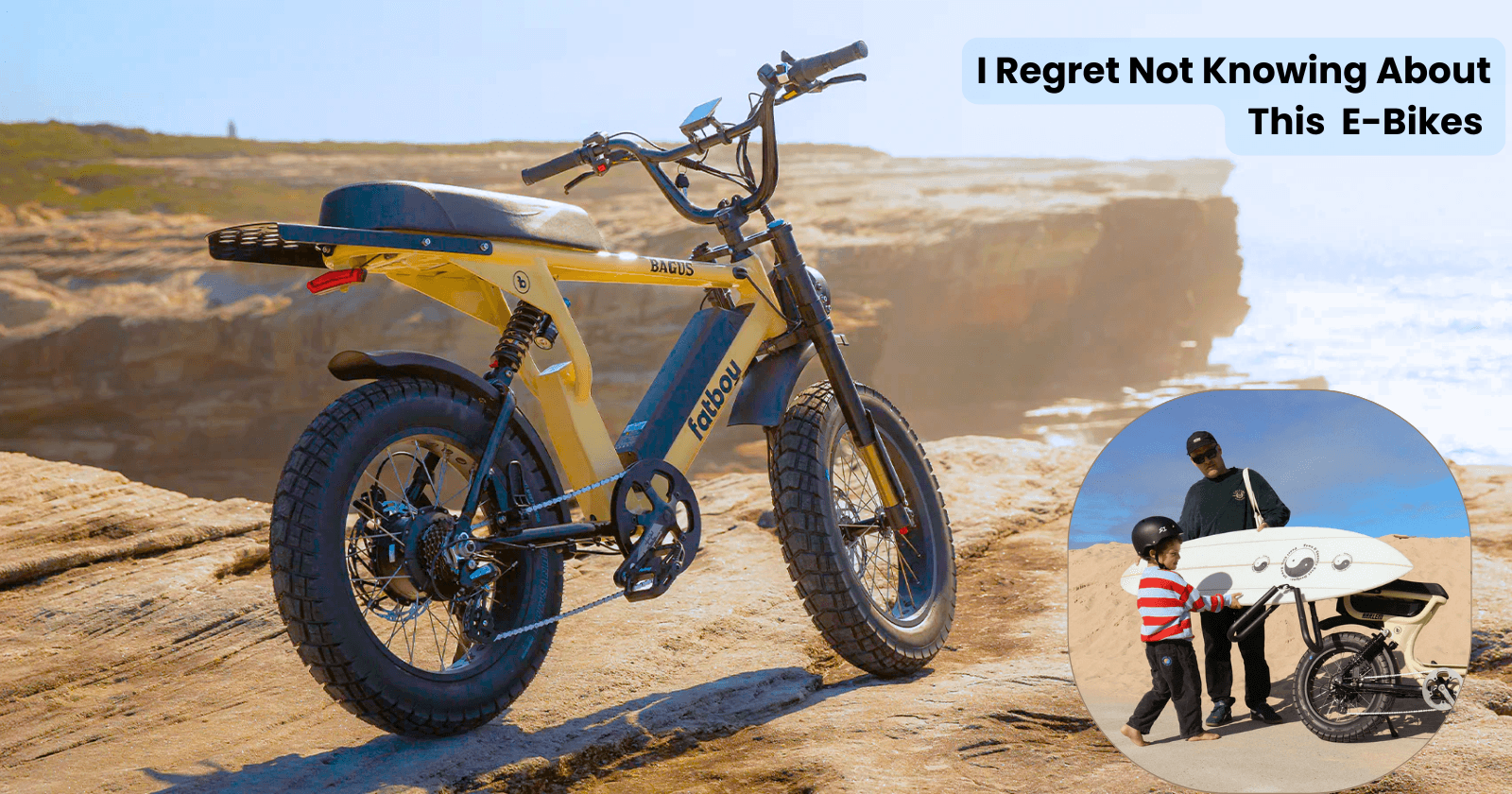You’re standing at the most critical junction of your entire solar power system. In one hand, you have the power source—your solar panels. In the other, the power storage—your expensive battery bank. The small, intimidating box that stands between them is the solar charge controller.
And you are, justifiably, terrified of choosing the wrong one.
You’re drowning in a sea of acronyms (MPPT, PWM), complex calculations, and brand names you’ve never heard of. Will this cheap one from Amazon destroy my batteries? Will this expensive one actually give me more power? What size wire do I need so this doesn’t catch on fire? This isn’t a simple purchase; it’s a critical decision for the safety, efficiency, and longevity of your entire investment.
As an engineer, I want to cut through that noise. We’re going to demystify this component and give you the tools and confidence to choose the right controller, the first time. This is your Vecharged “Reader-First Shield.”
Step 1: Your Personalized Sizing & Selection Calculator
Let’s solve your biggest problem right now. We built this “Unfair Advantage” tool to do the complex math for you. Input your system details, and we will give you a clear, safe, and efficient recommendation in seconds.
Your Recommended Controller Specs:
Step 2: The Showdown – MPPT vs. PWM Explained
Now that you know what size you need, let’s understand the technology. This is the single biggest decision you’ll make.
Analogy: The Gearbox in Your Car
- A PWM Controller is like a car with only one gear. It forces your engine (solar panels) to run at the same speed as your wheels (battery). This is simple, but horribly inefficient.
- An MPPT Controller is like a modern, intelligent 6-speed automatic transmission. It constantly analyzes the engine’s optimal power band and the wheels’ current speed, and it shifts gears to perfectly match them, delivering maximum power and efficiency at all times.
| Feature | PWM (Pulse Width Modulation) | MPPT (Maximum Power Point Tracking) |
| Technology | Old, simple “on-off switch” tech. | Modern, sophisticated “smart converter” tech. |
| Efficiency | 75-80% | 95-99% |
| The Reality Check | Wastes up to 30% of your panel’s power by forcing it to operate at a lower voltage than it was designed for. | Harvests that “wasted” voltage and converts it into more charging amps, giving you significantly more power from the same panels. |
| Price | Cheap | More Expensive |
The Vecharged Verdict: Is PWM a Scam?
No, it’s not a scam, but it is a false economy. Saving a few thousand rupees on a PWM controller only to lose a third of the power from your expensive solar panels every single day is a terrible long-term investment.
Our Protective Advice: For over 95% of systems built today, an MPPT charge controller is the only smart choice.
Step 3: The Vecharged Approved List – Top 3 Controllers for the US Market
This isn’t a list of every controller. This is our curated list of trusted, high-performance models that offer the best balance of value, reliability, and features.
1. The Gold Standard: Victron SmartSolar MPPT

- Who It’s For: The serious user or professional who demands the absolute best.
- The Reality Check: It’s expensive, but you get what you pay for. The VictronConnect app is the best in the business, offering flawless Bluetooth monitoring of your system’s performance. Their tracking algorithm is the fastest and most efficient, especially in cloudy or partially shaded conditions.
- Vecharged Verdict: If your budget allows, this is the best charge controller money can buy. Period.
2. The People’s Champion: Renogy Rover/Wanderer Series
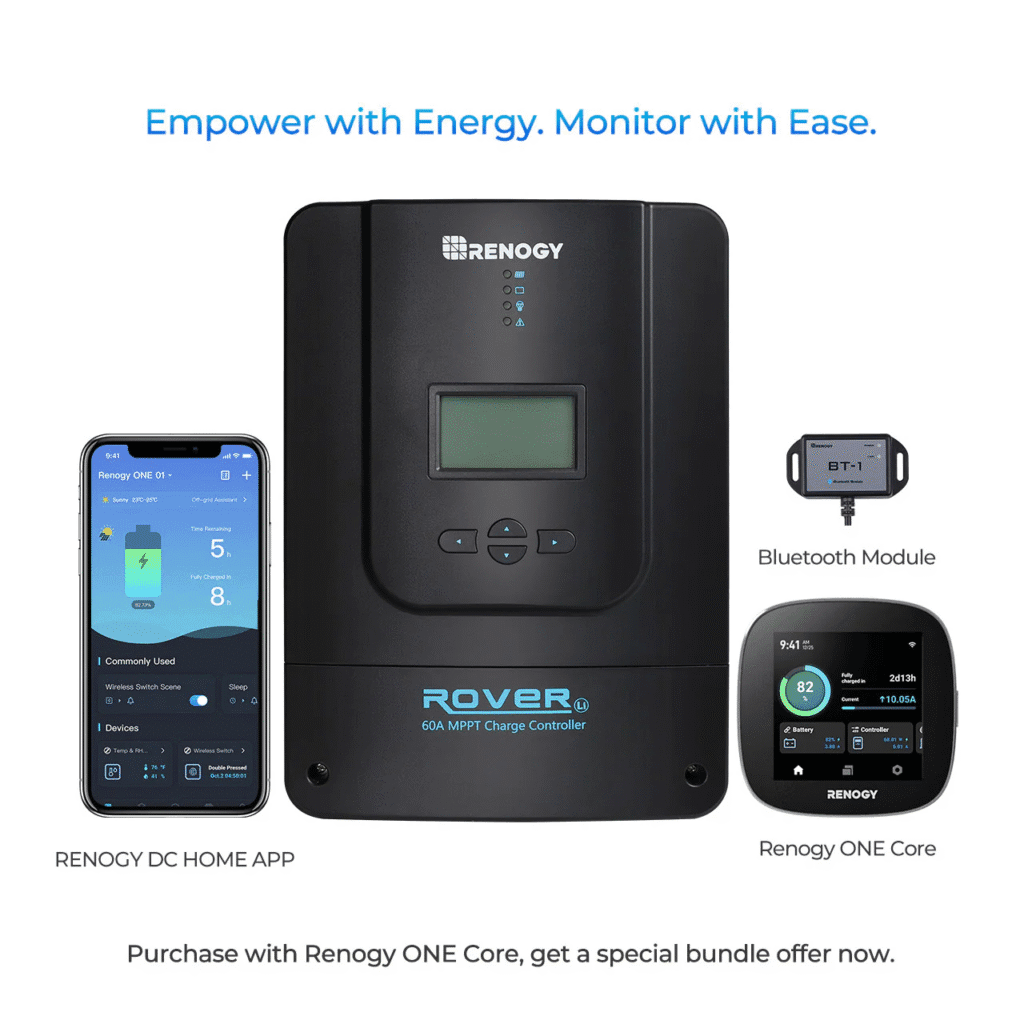
- Who It’s For: The DIYer building a van, RV, or small-to-medium off-grid system.
- The Reality Check: Renogy dominates the US DIY market for a reason. Their controllers offer an excellent balance of features, reliability, and price. They are not as efficient as a Victron, but they are a massive leap over cheap PWM controllers and represent the sweet spot for value.
- Vecharged Verdict: The workhorse of the DIY solar world. A smart, reliable, and cost-effective choice for most projects.
3. The Budget Option: A Reputable PWM (e.g., Renogy Wanderer 10A)
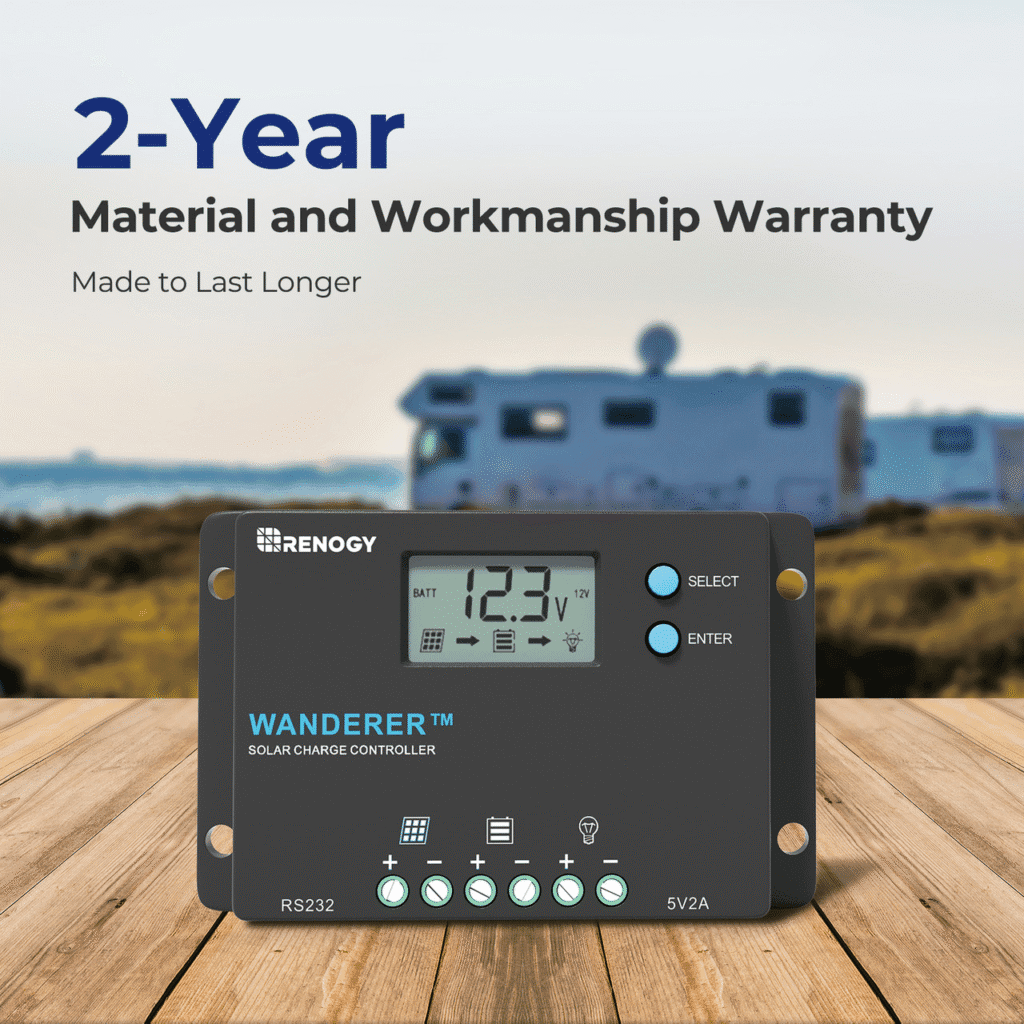
- Who It’s For: Only for tiny, non-critical projects (e.g., a single 100W panel for a gate opener or small lighting circuit).
- The Reality Check: We can only recommend this if your budget is extremely constrained and your power needs are minimal.
- Our Protective Advice: Do not use a PWM controller on a system larger than 200W. The power you waste will quickly outweigh the small upfront savings.
Step 4: How to Wire Your Controller (The Right Way)

Wiring your controller in the wrong order can permanently damage it. The correct, safe sequence is non-negotiable.
THE GOLDEN RULE: Battery First, Panels Last.
- Step 1: Controller to Battery. Connect your charge controller to the battery terminals first. This allows the controller to power up and detect the system voltage (12V, 24V, etc.) before any solar power is introduced.
- Step 2: Panels to Controller. Once the controller is powered on and recognizes the battery, you can then connect the wires from your solar panels.
- Step 3: (Optional) Load to Controller. If you are using the “load” terminals on your controller to power DC devices, connect them last.
To Disconnect: Always do this in the reverse order: Panels First, Battery Last.
A Critical Note on Fuses and Wires
Using the correct wire size (gauge) and installing fuses are the most important safety steps in your entire system. Undersized wires can overheat and cause fires. Fuses protect your expensive components from catastrophic failure.
Our Protective Advice: This is a complex safety calculation that depends on your specific controller amperage, wire length, and local electrical codes. To provide this level of detail requires a dedicated tool. We are currently developing the Vecharged Wire Architect, a SaaS platform that will give you the precise, safe wire gauge and fuse size for every connection in your system. Stay tuned.

Suhas Shrikant is the founder of Vecharged and an engineering enthusiast specializing in high-power off-grid solar systems. He has designed and built over a dozen custom systems and uses his hands-on, field-tested experience to create Vecharged’s expert guides and reviews.

